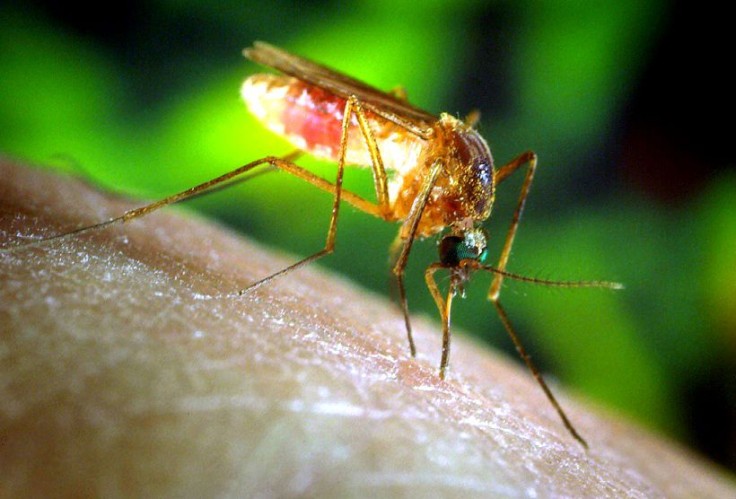West Nile Cases in U.S. up 25 Percent in Latest Week: CDC

The number of U.S. cases of West Nile virus rose 25 percent in the latest week, putting the 2012 outbreak of the mosquito-borne disease on track to be the most severe on record in the United States, health officials said on Wednesday.
It's already the worst year ever in Texas, they said.
So far this year, 1,993 cases have been reported to federal health officials, up from 1,590 reported the week before, the Centers for Disease Control and Prevention said in its weekly update of outbreak data. A total of 87 people have now died from the disease, compared with 66 reported one week ago.
The disease has been reported in people, birds or mosquitoes in 48 U.S. states, so far absent only in Alaska and Hawaii. About half of all human cases are in Texas, the CDC said.
Of the nearly 2,000 cases reported to the CDC this year, 1,069, or 54 percent, are of the severe neuroinvasive form of the disease, which can lead to meningitis and encephalitis.
The milder form of the disease causes flu-like symptoms and is rarely lethal.
Texas, the outbreak's epicenter, has had 40 deaths and 495 neuroinvasive cases this year, said Dr. David Lakey, commissioner of the Texas Department of State Health Services.
About a quarter of the cases have been in Dallas County, he said. "This is our worst year ever in Texas," Lakey said.
The previous Texas record was in 2003, when there were 40 deaths and 439 neuroinvasive cases.
Texas has had 1,013 cases overall this year, Lakey said.
CDC figures - which sometimes lag behind state data - show that South Dakota has the next-highest number, with 119 cases and two deaths.
More than 70 percent of the cases have been reported from Texas, South Dakota and four other states: Mississippi, Oklahoma, Louisiana, and Michigan, the CDC said.
The CDC said the number of cases so far this year is the highest reported to federal health officials through the first week in September since the disease was first detected in the New York City in 1999. The worst outbreak overall occurred in 2003, with 9,862 cases and 264 deaths for the full year.
The disease is thought to have originated in Africa.
This year's outbreak is already nearly three times the size of last year's, when 712 cases were reported nationally, with 43 deaths.
In Texas, aerial spraying during the last several weeks in Dallas County and neighboring Denton County have been effective in reducing the mosquito population that transmits the virus from infected birds to humans and other mammals, Lakey said.
West Nile outbreaks tend to be unpredictable. Hot temperatures, rainfall amounts and ecological factors such as the bird and mosquito populations have to align just right to trigger an outbreak like the one this year.
Drought can reduce mosquito population while heavy rains can wash out breeding sites, said Dr. Lyle Petersen, director of the Division of Vector-Borne Infectious Diseases for the CDC.
Cities are more prone to outbreaks even during a drought because of widespread use of sprinkler systems and standing birdbaths that can cause water to pool and become breeding grounds for mosquitoes.
"We've seen cases in places like Phoenix, which is in the middle of the desert" because of standing water, Petersen said.



























